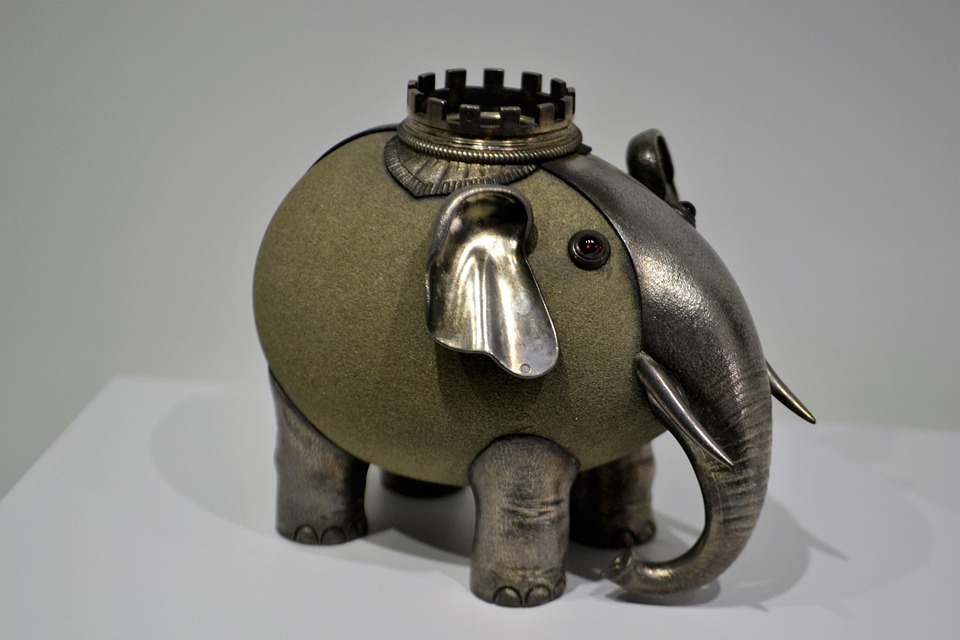Exploring the Beastly Origins of Mythical Creatures
The Fascination with Mythical Creatures
Mythical creatures have long captured the imagination of people around the world. From dragons and unicorns to griffins and werewolves, these fantastical beings have been a part of human folklore for centuries. But have you ever stopped to wonder where these creatures came from? What inspired the creation of such fantastical beings? In this article, we will delve into the beastly origins of mythical creatures and uncover the origins behind some of the most iconic creatures in myth and legend.
The Influence of Nature
One of the most common sources of inspiration for mythical creatures is the natural world. Many mythical beasts are based on real animals, often exaggerated or combined with other creatures to create something entirely new. For example, the dragon, a staple of fantasy lore, is believed to have been inspired by a combination of different reptiles, such as snakes, lizards, and crocodiles. The majestic unicorn, with its horn and horse-like body, is thought to have been inspired by the rhinoceros or the narwhal.
Other mythical creatures draw inspiration from the behaviors and characteristics of real animals. The griffin, a creature with the body of a lion and the head and wings of an eagle, is often associated with courage and strength, traits commonly attributed to both lions and eagles. Werewolves, creatures that are part human and part wolf, are often linked to the idea of transformation and the primal instincts of wild animals.
Cultural Influences
Mythical creatures are not only inspired by the natural world but also by cultural beliefs and traditions. Different cultures around the world have their own unique mythical creatures, many of which are deeply rooted in the history and folklore of that particular culture.
For example, in Greek mythology, the Minotaur is a creature with the head of a bull and the body of a man, born from the union of Queen Pasiphae and a bull. The Minotaur was said to have been kept in a labyrinth and fed a diet of human sacrifices. This creature symbolizes the destructive power of unchecked desires and the consequences of hubris.
In Asian cultures, dragons are revered as symbols of power, strength, and good fortune. The Chinese dragon, known as the Long, is associated with the emperor and is believed to bring rain for the crops and prosperity for the people. In contrast, the Japanese dragon, known as the Ryu, is often depicted as a water deity and guardian of the sea.
Mythical Creatures in Modern Culture
Mythical creatures continue to capture the imagination of people today, with many of these creatures making appearances in popular culture, literature, and film. From the Harry Potter series to Game of Thrones, mythical creatures have become a staple of modern storytelling, adding an element of magic and wonder to the worlds created by authors and filmmakers.
One of the most famous modern portrayals of mythical creatures is J.K. Rowling’s Harry Potter series, which features creatures such as hippogriffs, centaurs, and house-elves. These creatures not only serve as interesting and fantastical elements of the wizarding world but also help to expand the lore and mythology of the Harry Potter universe.
In the world of film, creatures such as vampires, werewolves, and zombies have become popular tropes in horror and fantasy movies. These creatures draw on traditional folklore and mythology, often adding new twists and interpretations to their stories. For example, the Twilight series reimagines vampires as glittering, immortal beings with complex emotions and relationships, while the film World War Z portrays zombies as fast-moving, insatiable creatures driven by an insatiable desire for flesh.
Conclusion
Mythical creatures have a rich and varied history, drawing inspiration from the natural world, cultural beliefs, and folklore. These creatures have captivated the human imagination for centuries, serving as symbols of power, fear, and wonder. From the dragon to the unicorn, mythical creatures continue to play a prominent role in literature, film, and popular culture, adding a touch of magic and mystery to our world.
Whether they are symbols of good fortune, guardians of the underworld, or embodiments of our deepest fears, mythical creatures remind us of the power of imagination and the enduring appeal of the fantastical. As we continue to explore the beastly origins of these fantastical beings, we are sure to uncover even more fascinating stories and legends behind these iconic creatures.
